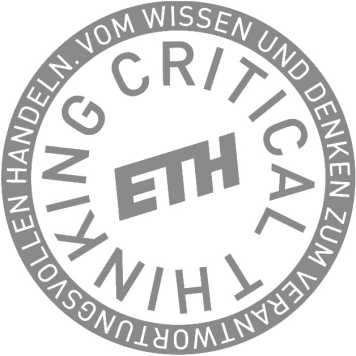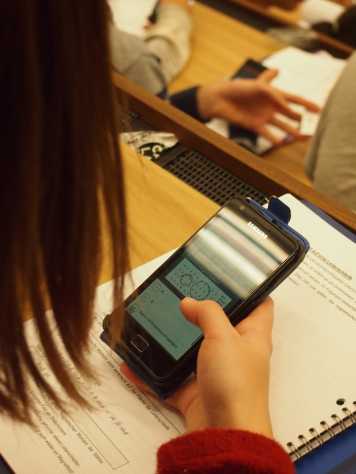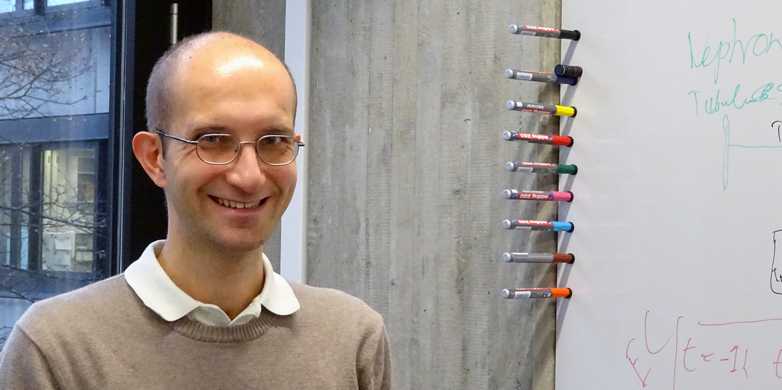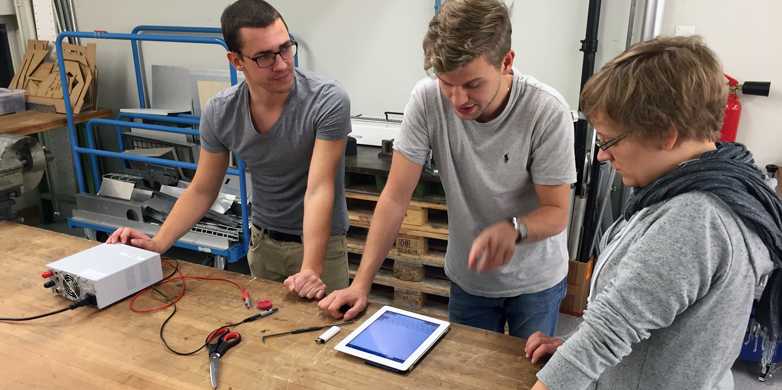Knowing how to exchange knowledge across disciplinary borders
Vartan Kurtcuoglu crosses the border between medicine and mechanical engineering: at the University of Zurich, the ETH Zurich graduate develops medical computer models for the heart and kidneys. Anyone who studies under him soon learns what to be aware of in interdisciplinary projects.
When a child goes to a paediatrician with a sore and inflamed throat and pain when swallowing, he or she may be suffering from “streptococcal angina”. This infection is caused by bacteria. In cases like this, antibiotics can relieve the pain and shorten the duration of the illness. However, a test must first be performed to establish whether the illness was actually caused by streptococci or whether it is a cold caused by a virus, for example, which would not be improved by antibiotics.
But paediatricians usually have to wait one to two days to receive the test results. In the meantime, they can either wait until the test results are available before prescribing antibiotics (although they run the risk of complications occurring) or prescribe the antibiotics preventatively (which is not ideal in terms of the potential for resistance). A rapid test which doctors would be able to perform in their surgeries and which would provide quick and reliable results would be extremely helpful in this situation.
Wanted: a rapid test for streptococci
Currently, there are no sufficiently reliable rapid tests available for doctor’s surgeries. The “polymerase chain reaction”, the molecular biological procedure which can identify the bacteria quickly and reliably, requires high-tech laboratory equipment. In the autumn semester of 2014, students of medicine and mechanical engineering tackled this problem in a joint course organised by the University of Zurich and ETH Zurich. During the course, they developed various concepts which could make this type of rapid test a reality.
Some good will come of the course one way or another: the students are given the opportunity to work on their approach after the course as well, to publish their findings in a scientific journal if possible or develop them into a product in their own company. “Students find it extremely motivational when they are able to solve relevant and topical problems from research and practice,” says course leader Vartan Kurtcuoglu, Assistant Professor in the Faculties of Medicine and Science at the University of Zurich and Lecturer in the Department of Mechanical and Process Engineering at ETH Zurich.
From engineering to medical computer modelling
This motivation is important because Vartan Kurtcuoglu’s course brings students from medical and engineering degrees together and is very intensive. The students always work in pairs and mixed groups with members from both disciplines. In this way, they learn from each other what is required to enable colleagues from another field of research to understand and apply their specialist knowledge. “The students recognise that, in an interdisciplinary project, they must take the time to familiarise themselves with the other discipline’s specialist language and approaches to thinking and research, get answers to unresolved questions and clarify unfamiliar terms before the project starts,” says Vartan Kurtcuoglu.
Sometimes, even terms which seem obvious such as “tension” or “turbulence” prove to be real stumbling blocks when medics and engineers tackle a project together. Vartan Kurtcuoglu speaks from experience. He has spent many years crossing the border between medicine and engineering in his research: his specialism is computer models for medical applications. The Assistant Professor of Computational and Experimental Physiology is currently developing models for transport processes in the kidneys, among other projects.
However, Vartan Kurtcuoglu originally studied Mechanical Engineering, completing his degree in renewable energy and control technology at ETH Zurich. During his doctorate and a period spent researching at Harvard Medical School, he turned his attention to the computational modelling of biological and medical phenomena. He currently heads up the “external pageInterface Groupcall_made” at UZH’s Institute of Physiology, which combines engineering with biological research and medicine because, according to Kurtcuoglu, in order for computer models to really become a tool for acquiring knowledge in biomedicine, they must address relevant, unsolved problems faced by doctors and biologists.
Invaluable support from teaching experts

It was these kinds of experiences which gave Kurtcuoglu the idea of passing on his knowledge to students through interdisciplinary projects. He developed the course concept together with Mirko Meboldt, Professor of Product Development and Engineering Design at ETH Zurich, and Oliver Ullrich, Professor of Anatomy at UZH, with the aid of the Center for University Teaching and Learning at the University of Zurich. The teaching and multimedia specialists at ETH Zurich helped the team to use the new “flexible auditorium”.
Its infrastructure makes it possible to organise more interactive face-to-face teaching. In this room, students can develop and discuss their concepts independently in groups.
Kurtcuoglu finds the way in which ETH Zurich’s Innovedum fund supports lecturers who actively involve students in their teaching and link different scientific, social or work-related perspectives very helpful (see box).
Vartan Kurtcuoglu’s teaching project fits in well with ETH Zurich’s activities which aim to improve teaching through the “Critical Thinking” initiative and the Innovedum focal point themes: “At ETH Zurich, we want to enable students to acquire knowledge independently and work on solving real problems while they are still studying,” says ETH Rector Sarah Springman.
New: Innovedum fosters active, interdisciplinary education

In January 2015, ETH Zurich launched two new focal point themes via the Innovedum fund to support ETH teaching projects which:
- involve students more actively or give them scope for independent acquisition of and reflection on knowledge (focal point theme: “Interactive teaching which fosters personal responsibility”);
- juxtapose different disciplinary perspectives and link education with research, the world of employment and society (focal point theme: “Interdisciplinary and transdisciplinary teaching projects”).
Lecturers at ETH Zurich can submit teaching projects under these focal point themes by 1 March or 1 October 2015. The projects will then be reviewed within a month.
More information: Innovedum: Teaching and focal point projects.


